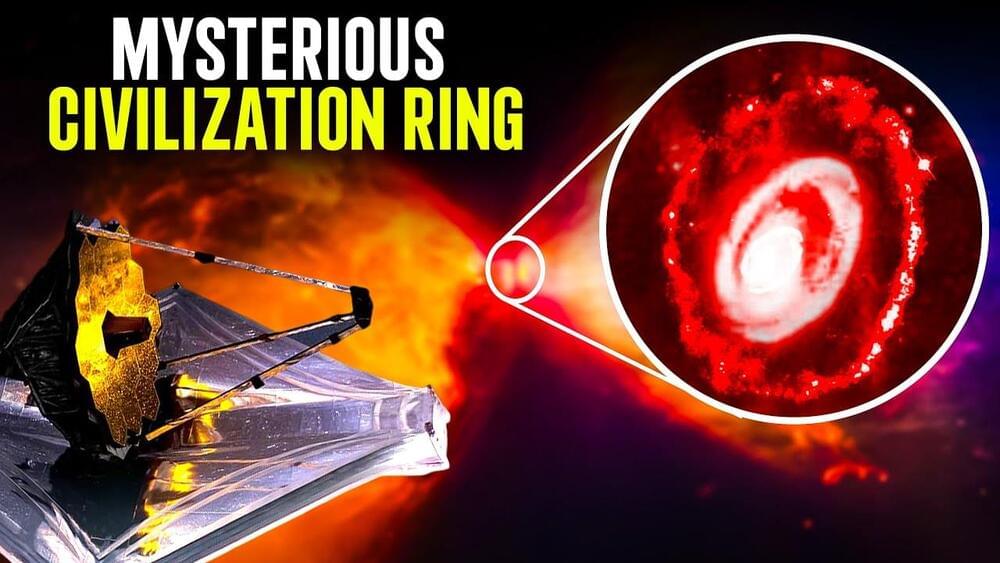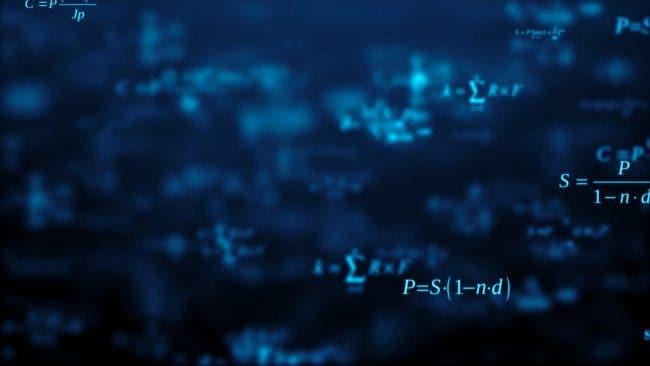James Webb Telescope’s Latest Captures.
Welcome Back To Theory Of Science!
The James Webb Space Telescope is the largest, most powerful space telescope ever built. It will allow scientists to look at what our universe was like about 200 million years after the Big Bang. The telescope will be able to capture images of some of the first galaxies ever formed. It will also be able to observe objects in our solar system from Mars outward, look inside dust clouds to see where new stars and planets are forming and examine the atmospheres of planets orbiting other stars. The Webb telescope is as tall as a 3-story building and as long as a tennis court! It is so big that it has to fold origami-style to fit inside the rocket to launch. The telescope will unfold, sunshield first, once in space The James Webb Space Telescope sees the universe in light that is invisible to human eyes. This light is called infrared radiation, and we can feel it as heat. Firefighters use infrared cameras to see and rescue people through the smoke in a fire. The James Webb Space Telescope will use its infrared cameras to see through dust in our universe. Stars and planets form inside those dust clouds, so peeking inside could lead to exciting new discoveries! It will also be able to see objects (like the first galaxies) that are so far away that the expansion of the universe has made their light shift from visible to infrared! in this video, we are looking into James Webb Telescope’s Latest Captures.
TAGS: #jwst #nasa #JamesWebbTelescope.
RIGHT NOTICE: The Copyright Laws of the United States recognize a “fair use” of copyrighted content. Section 107 of the U.S. Copyright Act states: “Notwithstanding the provisions of sections 106 and 106A, the fair use of a copyrighted work, including such use by reproduction in copies or phonorecords or by any other means specified by that section, for purposes such as criticism, comment, news reporting, teaching (including multiple copies for classroom use), scholarship, or research, is not an infringement of copyright.” This video and our YouTube channel, in general, may contain certain copyrighted works that were not specifically authorized to be used by the copyright holder(s), but which we believe in good faith are protected by federal law and the fair use doctrine for one or more of the reasons noted above.









